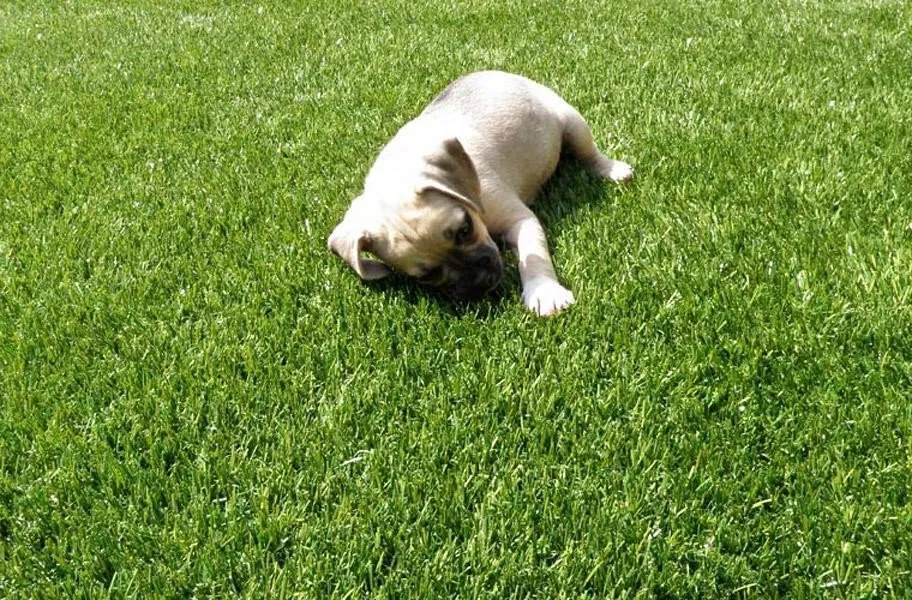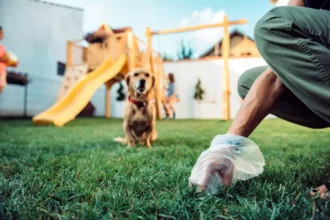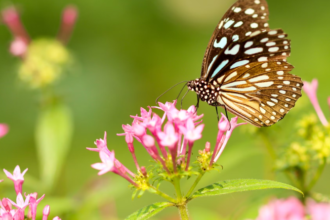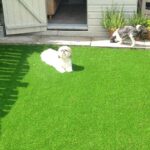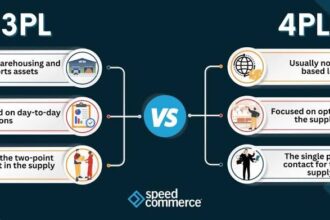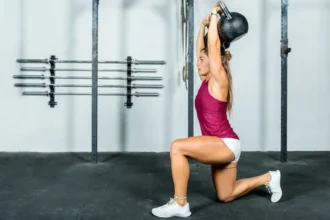Introduction to Artificial Turf for Dogs
Are you tired of muddy paws and brown patches in your yard? If you’re a dog owner, you know the struggle all too well. Your furry friend wants to run, play, and dig without worrying about ruining your lawn or bringing dirt into your home. Enter artificial turf for dogs—a game-changer in pet-friendly landscaping! This innovative solution not only keeps your outdoor space lush and green but also provides a safe environment for your beloved pets. Let’s explore what makes artificial turf an ideal choice for dog owners looking to create a clean and enjoyable backyard retreat.
Advantages of Artificial Turf for Dogs
Artificial turf for dogs offers numerous benefits that can enhance both pet and owner experiences. One significant advantage is its durability. Unlike natural grass, synthetic grass withstands heavy foot traffic without becoming patchy or muddy.
Another perk is the reduced maintenance requirement. Say goodbye to mowing, watering, and fertilizing! Artificial turf stays green year-round with minimal effort.
Additionally, it provides a cleaner environment. Pet waste can be easily removed without damaging the surface. Many products even come with built-in drainage systems to prevent unpleasant odors.
Safety is another crucial factor; high-quality artificial turf is designed to be pet-friendly and non-toxic. There are no harmful chemicals or pesticides involved in its upkeep.
It creates a soft surface for your furry friends to play on while eliminating mud tracking into your home after rainy days.
Factors to Consider When Choosing Artificial Turf for Dogs
When selecting artificial turf for dogs, several factors come into play. First, consider the material. Look for high-quality synthetic fibers that mimic natural grass while offering durability.
Next, think about drainage capabilities. Good drainage prevents water pooling and keeps your dog’s area dry and hygienic. Turf with perforations allows urine to pass through easily.
The infill is another crucial element. Choose pet-friendly options like rubber or sand that provide cushioning without harmful chemicals.
Pay attention to color and texture as well. A realistic appearance can enhance your outdoor space while ensuring comfort for your furry friend during playtime.
Check warranties and maintenance requirements from manufacturers before making a decision. Knowing what to expect in terms of care will help you choose the right product for both you and your pup’s needs.
Best Types of Artificial Turf for Dogs
When choosing the best artificial turf for dogs, durability is key. Look for products made from high-quality polyethylene or nylon fibers. These materials can withstand rough play and resist wear over time.
Consider options with a realistic appearance. Dogs enjoy grass that feels similar under their paws. Some brands offer multi-colored blades to mimic natural grass, enhancing your yard’s aesthetic.
Drainage is another crucial factor. Turf with proper drainage systems helps eliminate odors and keeps the surface clean after rainfall or potty breaks.
In addition, consider infill types like sand or rubber granules. They provide cushioning for your dog’s joints while also controlling heat retention during hot days.
Check for non-toxic certifications to ensure safety for your furry friend when they dig or chew on it.
How to Install Artificial Turf for Dogs
Installing artificial turf for dogs can be a straightforward process if you follow the right steps. Start by measuring the area where you want to lay the turf. Ensure it’s spacious enough for your furry friend to run and play.
Next, prepare the ground by removing any existing grass or debris. Level the surface and compact it to create a solid base. You might need gravel or sand as an underlayment for proper drainage.
Once your base is ready, roll out the artificial turf over it. Make sure it fits snugly without wrinkles or gaps. Use landscape staples to secure the edges in place.
After securing everything, cut any excess material along the perimeter for a clean finish. Infill with pet-friendly materials like silica sand or rubber granules; this helps weigh down your turf while providing cushioning for your dog’s paws!
Maintenance and Cleaning Tips for Artificial Turf for Dogs
Keeping artificial turf for dogs clean is essential for its longevity and your pet’s health. Regular maintenance can prevent odors and bacteria build-up.
Start by removing solid waste promptly. A pooper scooper or a plastic bag works well for this task. Always dispose of it properly to maintain hygiene.
Next, rinse the area with water at least once a week. This helps wash away dirt, debris, and any lingering smells from urine. Using a mild detergent occasionally can enhance cleanliness without harming the turf.
Check for matted areas where grass blades may flatten due to heavy use. Brushing these spots lightly will restore their appearance and keep them inviting for your dog.
If you notice stubborn stains or odors, consider using specialized cleaners designed for synthetic surfaces. These products effectively break down organic materials while being safe for pets.
With simple care routines in place, your artificial turf can remain fresh and enjoyable year-round.
Potential Concerns and Safety Precautions with Artificial Turf for Dogs
When considering artificial turf for dogs, it’s essential to address potential concerns. One key issue is heat retention. On sunny days, synthetic grass can become significantly hotter than natural grass. Always check the surface temperature before letting your dog play.
Another consideration is drainage. While many products are designed with drainage systems, some may retain water or odors if not properly installed or maintained. Regular cleaning can help mitigate this problem.
There are also concerns about chemicals used in manufacturing some types of artificial turf. It’s important to choose non-toxic options specifically labeled safe for pets.
Ensure that the edges and seams of the turf are secure to prevent any tripping hazards for playful pups. Taking these precautions will create a safer environment for your furry friend while they enjoy their new grassy paradise.
Alternatives to Artificial Turf for Dog Owners
For dog owners seeking alternatives to artificial turf, natural grass remains a popular choice. It provides dogs with a soft surface to play on and the familiar scent they crave. However, it does require regular mowing and maintenance.
Another option is mulch or wood chips. These materials can help keep mud at bay while offering good drainage. They also add an earthy aesthetic to your yard but may need frequent replacement as they decompose.
If you’re looking for something more durable, consider gravel or sand areas. These surfaces drain well and are easy to clean up after your pup’s business. Just be cautious of sharp stones that could hurt their paws.
Indoor pet-friendly mats made from recycled materials can provide comfortable spaces for dogs when indoors without sacrificing cleanliness or style. Each alternative has its pros and cons, so assess what fits best with your lifestyle and your dog’s needs before deciding.
Conclusion:
Artificial turf for dogs offers a practical solution for pet owners looking to create a safe and enjoyable environment for their furry friends. With its numerous advantages, such as durability and ease of maintenance, it has become an increasingly popular choice. When selecting the right type of artificial turf, consider factors like drainage capabilities and material quality.
Installation can be straightforward if you follow proper guidelines, ensuring your pets have a comfortable space. Regular cleaning is necessary to maintain hygiene and odor control. While there are some concerns regarding heat retention or potential chemical exposure, choosing high-quality products can mitigate these risks.
For those who prefer alternatives, options like natural grass or gravel may still hold appeal despite their own challenges. Finding the best solution depends on your lifestyle and what works best for you and your dog’s needs.


